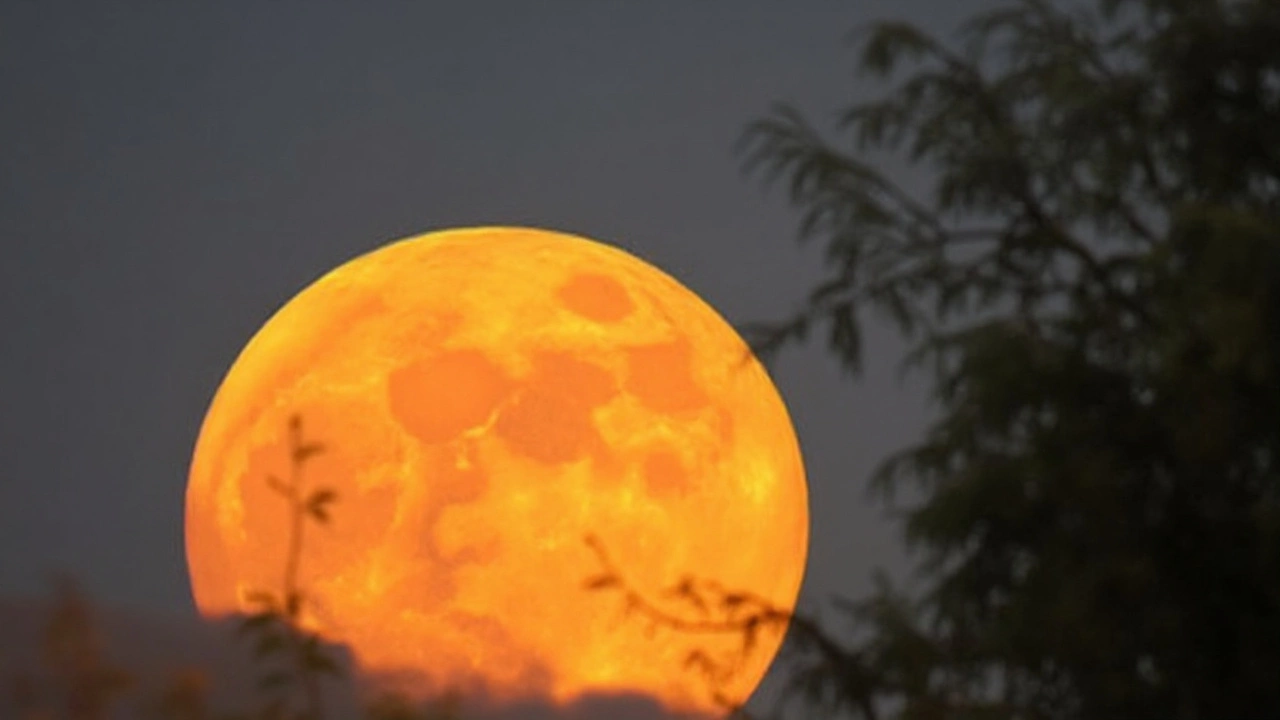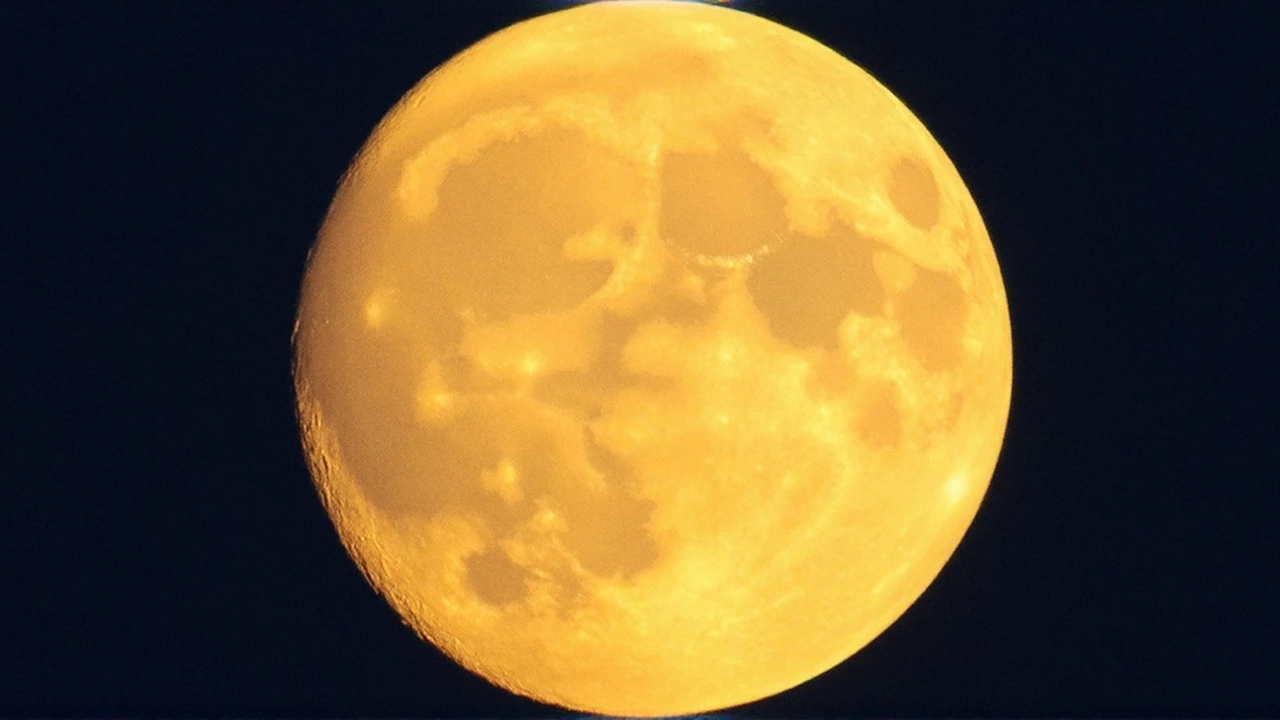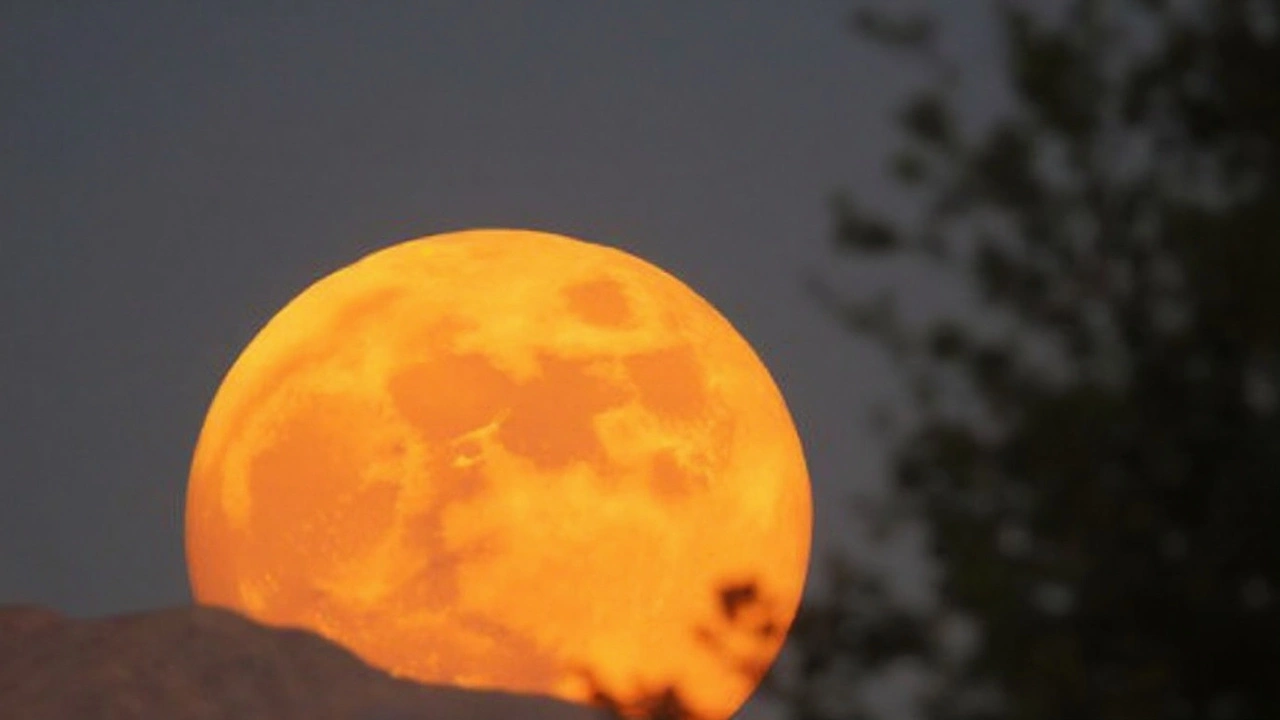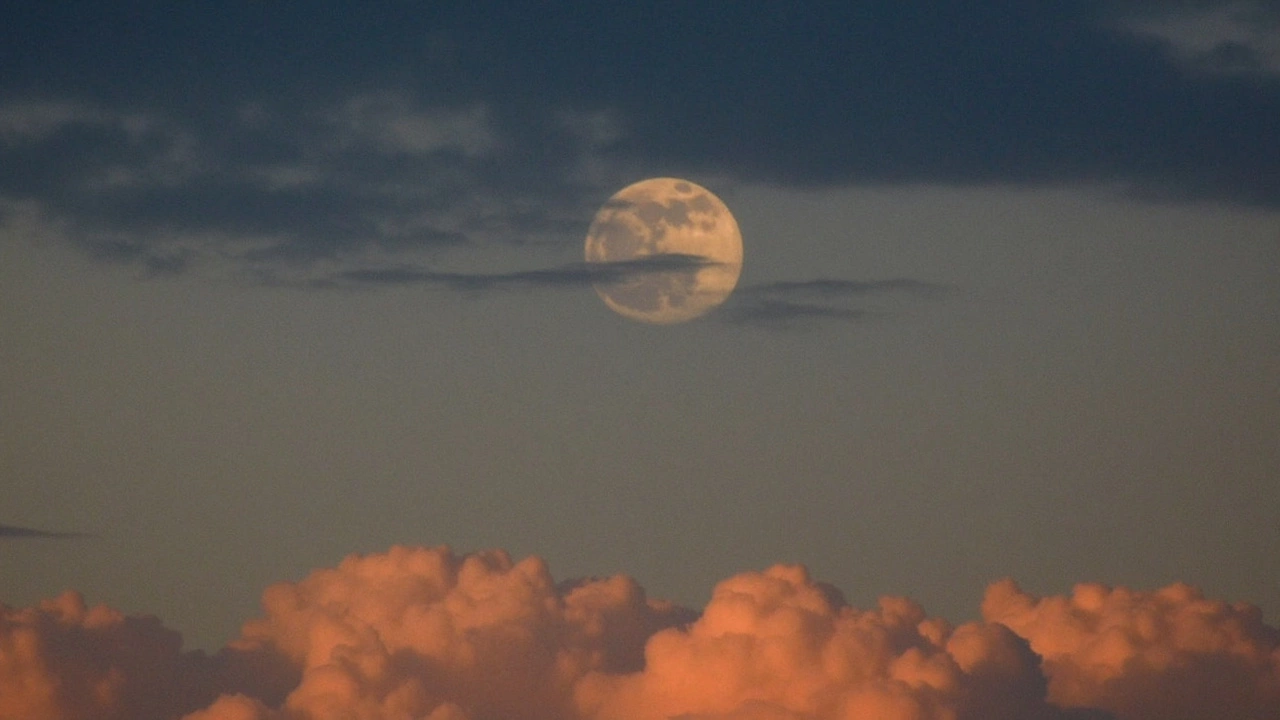Buck Moon 2025: Why This Summer's Full Moon Stands Out
On July 10, 2025, skywatchers are in for a treat—the Buck Moon is scheduled to shine its brightest. This isn’t just another full moon, though. It’s the farthest full moon from the Sun we’ll see in 2025, thanks to Earth’s recent aphelion. That’s the point in our orbit when we swing farthest from the Sun, which subtly shifts how the moon appears in the night sky.
The name “Buck Moon” has deep roots in North American tradition. July is when male deer, bucks, begin to regrow their antlers, often covered in a soft new protein layer called velvet. Ancient observers tied this natural event to the lunar cycle, just as farmers and foragers watched the moon to predict the right time for planting or gathering.
- Rising Time: The full moon officially reaches its peak on July 10 at 4:37 p.m. Eastern Daylight Time (EDT). That’s 1:37 p.m. for West Coasters (PDT) and 9:37 p.m. for those across the Atlantic on British Summer Time (BST).
- Moonrise: In places like New York City, the Buck Moon will begin its climb above the horizon right around sunset, at about 8:53 p.m. local time. Don’t expect it to soar high overhead, though—it’ll instead creep across the southern sky, hugging the horizon.
- Why So Low? The moon appears unusually low because of where the Earth sits in its orbit. After aphelion, the geometry of the Earth–Sun–Moon system means our lunar neighbor barely scrapes above southern city skylines, drifting just about 20° above the horizon at its highest around midnight.

Names, Traditions, and How to Catch the Show
The July full moon goes by more than just one name. “Thunder Moon” is another classic, a reminder of summer storms that flash across North America this time of year. No matter the label, these ancient names show how closely people watched the sky and tied the moon’s phases to changing seasons and agricultural rhythms.
Curious about exactly when to expect the moon where you live? The full moon’s rise and set times actually shift depending on your spot on the globe. Popular online tools like in-the-sky.org and timeanddate.com let you punch in your location for up-to-the-minute predictions, so you don’t have to miss the perfect lunar photo.
The Buck Moon is one phase in a constant 29.5-day dance—the lunar cycle that drives the rhythm for tides, natural events, and skywatchers’ calendars all year. Each month brings its own full moon, with July’s taking the spotlight for its low southern crawl and rich seasonal storytelling.
So, whether you’re a family hoping to catch a glimpse on a summer walk, or a hobbyist photographer chasing the perfect moonshot, July 10’s Buck Moon should give you a reason to look up and remember there’s always change—and a story—in the sky.


